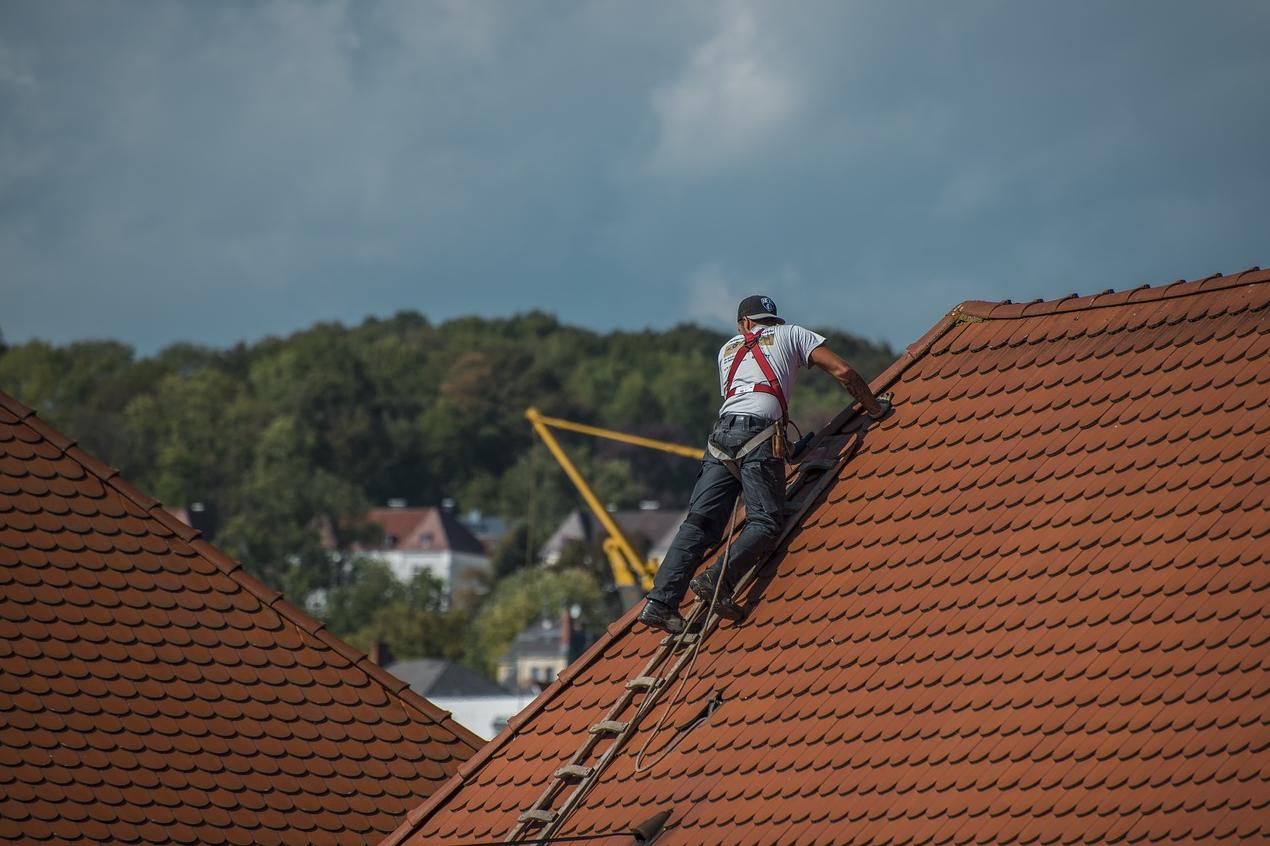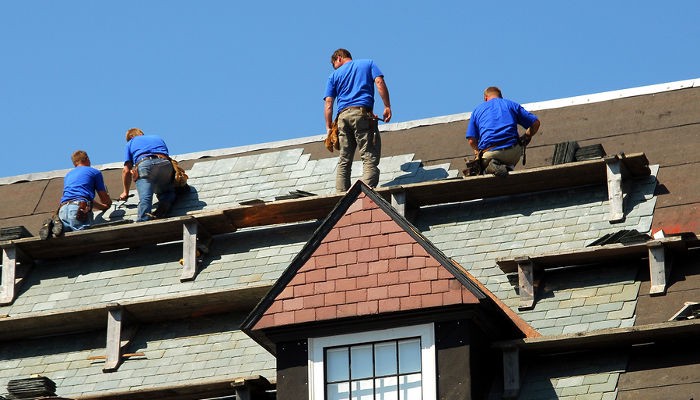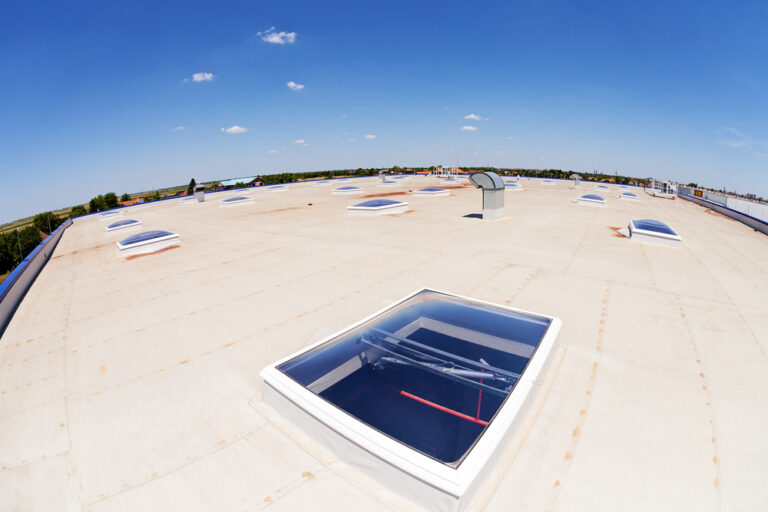The roofing industry is experiencing a significant transformation driven by the latest advancements in technology, innovative design trends, and eco-friendly materials.
With an increasing focus on sustainability, energy efficiency, and modern aesthetics, both homeowners and businesses are exploring options that are not only functional but also visually appealing and environmentally responsible.
In this blog, we’ll share with you the cutting-edge trends shaping the roofing industry today and how they reflect the growing demand for smarter, sustainable, and stylish roofing solutions. Read on!
Sustainable Roofing Materials
One of the most prominent trends is the growing demand for sustainable roofing materials. Homeowners are increasingly eco-conscious, pushing for products that have minimal environmental impact.
Materials like recycled shingles, solar tiles, and green roofs are gaining popularity. Recycled shingles, for instance, utilize post-consumer waste, such as plastic and rubber, offering a durable yet environmentally friendly option.
Solar tiles not only serve as a roof but also harness solar energy, reducing reliance on non-renewable energy sources and lowering utility bills.
Energy Efficiency
Energy efficiency is a significant concern in modern roofing design. Innovations like cool roofs reflect more sunlight and absorb less heat, keeping buildings cooler and lessening the need for air conditioning.
This is particularly beneficial in warmer climates where cooling costs are a substantial part of the energy bill. Additionally, roofing replacement projects often incorporate better insulation materials that maintain indoor temperatures, further enhancing energy efficiency.
Advanced Roofing Technologies
Technological advancements are also making waves in the roofing industry. The use of drones for roof inspections is becoming commonplace, allowing for safer and more accurate assessments.
These aerial devices quickly identify damage or wear, leading to more efficient roofing replacement and repair processes. Furthermore, smart roofing systems equipped with sensors can monitor roof conditions in real-time, alerting homeowners to potential issues before they become significant problems. Using such technology can help make your roof last longer by allowing for timely interventions and proactive maintenance.
Innovative Design Trends
From a design perspective, there’s a shift toward more modern and minimalistic aesthetics. Flat and low-slope roofs are becoming trendy for their sleek appearance and practicality, particularly in urban areas where space is at a premium.
These designs not only provide a contemporary look but also offer additional usable space, such as roof gardens or terraces. Moreover, the use of mixed materials, such as combining metal with traditional shingles, creates a unique and eye-catching appearance.
Enhanced Durability and Longevity
Roofing materials today are built to last longer and withstand harsh conditions. Innovations in material science have led to the development of products that can endure extreme weather, from high winds and heavy snowfall to intense sunlight and rain.
Metal roofs, for example, are highly durable and can last up to 50 years with minimal maintenance. Composite shingles, made from a blend of materials, offer excellent resistance to cracking, warping, and other common issues.
Focus on Aesthetics
Aesthetics play a more significant role in roofing choices. Homeowners want roofs that complement their house’s architecture and enhance its curb appeal. This demand has resulted in a wider variety of color options and styles.
Architectural shingles, which mimic the look of natural materials such as wood or slate, are popular for their high-end appearance. Customization options enable homeowners to match their roof precisely to their design preferences.
Smart Roof Integration
Another emerging trend in roofing design is the integration of smart technologies. Smart roofs incorporate various technologies such as solar panels, energy-efficient insulation, and automated ventilation systems to create a more intelligent and responsive roofing system.
These roofs can be connected to smart home systems, allowing homeowners to monitor energy consumption, detect leaks, and manage heating and cooling more effectively.
This trend not only enhances the functionality and energy efficiency of homes but also contributes to a more sustainable and convenient living environment.
Environmentally Friendly Practices
Alongside sustainable materials, environmentally friendly practices are becoming standard in the roofing industry. This includes recycling old roofing materials during replacements, reducing waste, and adopting energy-efficient production methods.
Roofing companies are also exploring ways to offset their carbon footprint, such as partnering with environmental organizations or investing in renewable energy for their operations.
The roofing industry is evolving rapidly, driven by innovations in materials, technologies, and design trends. Sustainable and energy-efficient options are at the forefront, as are advancements that improve durability and functionality.
With the increasing popularity of modern aesthetics and environmentally friendly practices, roofing is not just about protection from the elements—it’s about contributing to the overall efficiency and appeal of a building.
As the demand for roofing replacement continues to grow, these trends will undoubtedly shape the future of the industry, offering homeowners and businesses ever-improving options for their roofing needs.






